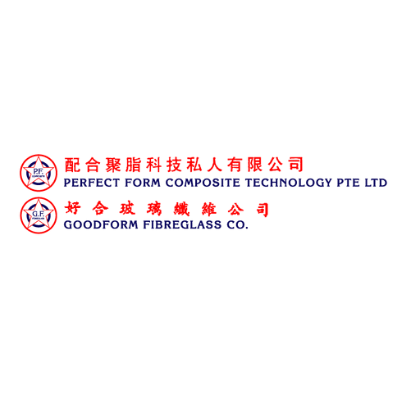FRP product has emerged as a game-changer, offering unmatched versatility and strength. This article delves into the world of FRP, shedding light on its applications, advantages, and the transformative impact it can have on various industries.
Understanding FRP
FRP product Overview FRP, or Fiber Reinforced Plastic, is a cutting-edge composite material that blends fibers—commonly glass, carbon, or aramid—with a polymer matrix. This unique combination results in a material that boasts exceptional strength, durability, and flexibility.
The Composition of FRP Breaking down the acronym, the fibers in FRP contribute to its robustness, while the plastic matrix ensures flexibility and moldability. This synergy makes FRP a preferred choice in industries ranging from construction to aerospace.
Applications Across Industries
FRP in Construction Revolutionizing the construction sector, FRP products offer durability without the weight associated with traditional materials. From bridges to building facades, FRP is reshaping architectural possibilities.
Aerospace Advancements with FRP Explore the skies with confidence—FRP plays a pivotal role in aerospace innovation. Its lightweight yet sturdy nature makes it an ideal choice for crafting aircraft components, ensuring fuel efficiency and structural integrity.
Automotive Revolution Experience the future of transportation with FRP. Car manufacturers leverage its properties to create vehicles that are not only fuel-efficient but also environmentally friendly, contributing to a sustainable automotive future.
FRP in Everyday Life
FRP in Consumer Goods From sports equipment to household items, FRP’s influence extends to everyday products. Its ability to blend strength with aesthetics makes it a sought-after material for designers and manufacturers alike.
FRP in Renewable Energy Powering the world sustainably, FRP components are crucial in renewable energy systems. Wind turbine blades, solar panels, and hydropower infrastructure all benefit from the strength and resilience of FRP.
Advantages of Choosing FRP
Lightweight Durability Experience the best of both worlds—FRP provides the strength of traditional materials without the cumbersome weight, making it an ideal choice for various applications.
Corrosion Resistance Bid farewell to corrosion concerns. FRP’s inherent resistance to rust and decay ensures longevity, even in the harshest environments.
Cost-Effective Solutions In a world where efficiency matters, FRP stands out as a cost-effective solution. Its durability reduces maintenance costs, making it an economical choice for long-term projects.
FRP Product Showcase
Innovative FRP Designs Step into the realm of creativity with FRP’s limitless design possibilities. From intricate architectural details to streamlined automotive components, FRP empowers designers to push boundaries.
FAQs About FRP Product
Is FRP environmentally friendly?
Absolutely! FRP’s lightweight nature contributes to fuel efficiency in transportation, and its durability ensures a longer lifespan, reducing the need for frequent replacements.
Can FRP be recycled?
While traditional recycling methods may pose challenges, researchers are exploring innovative ways to repurpose FRP waste, aligning with global sustainability goals.
Is FRP suitable for marine applications?
Indeed, FRP’s resistance to corrosion makes it an excellent choice for marine environments, where exposure to saltwater can be detrimental to other materials.
How does FRP compare to traditional materials in terms of cost?
While the upfront cost of FRP may be higher, its long-term durability and low maintenance requirements result in significant cost savings over time.
Are there any limitations to FRP’s applications?
While highly versatile, FRP may not be suitable for applications requiring extreme temperatures or specific conductivity properties. Understanding these limitations ensures optimal use.
Can FRP be painted or customized?
Yes, FRP’s surface can be painted and customized to meet aesthetic preferences, offering a blend of functionality and design.
Conclusion
Embrace the future of materials engineering with the remarkable FRP product. Its applications across diverse industries, coupled with unmatched advantages, position it as a transformative force in the world of composites. As we continue to innovate, FRP stands as a testament to the possibilities when science and engineering converge.


